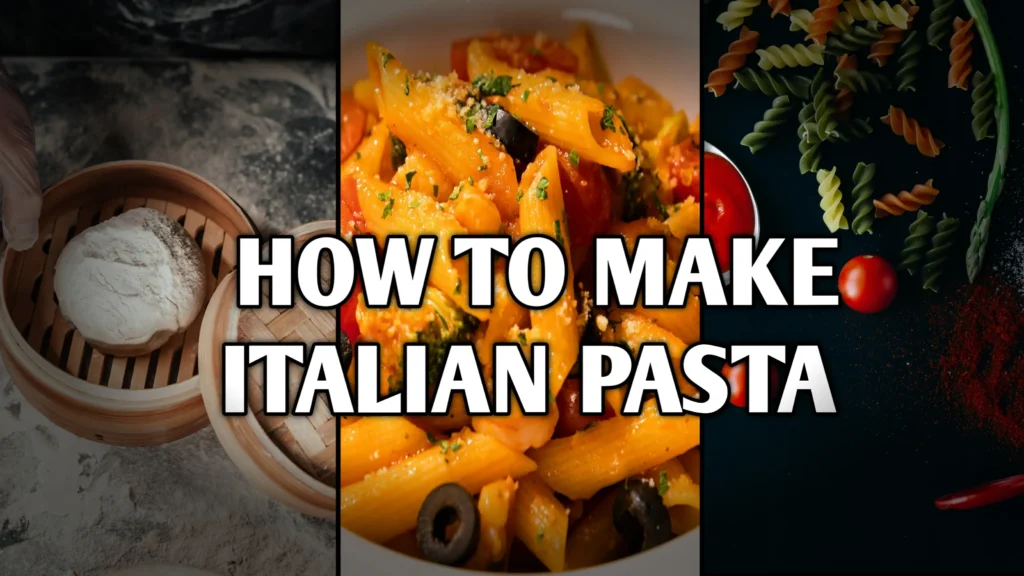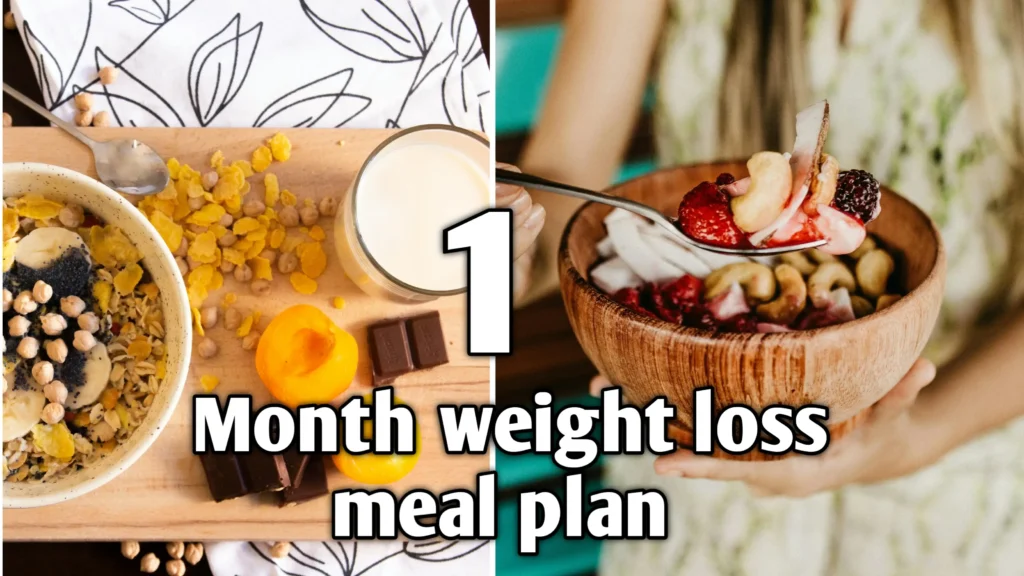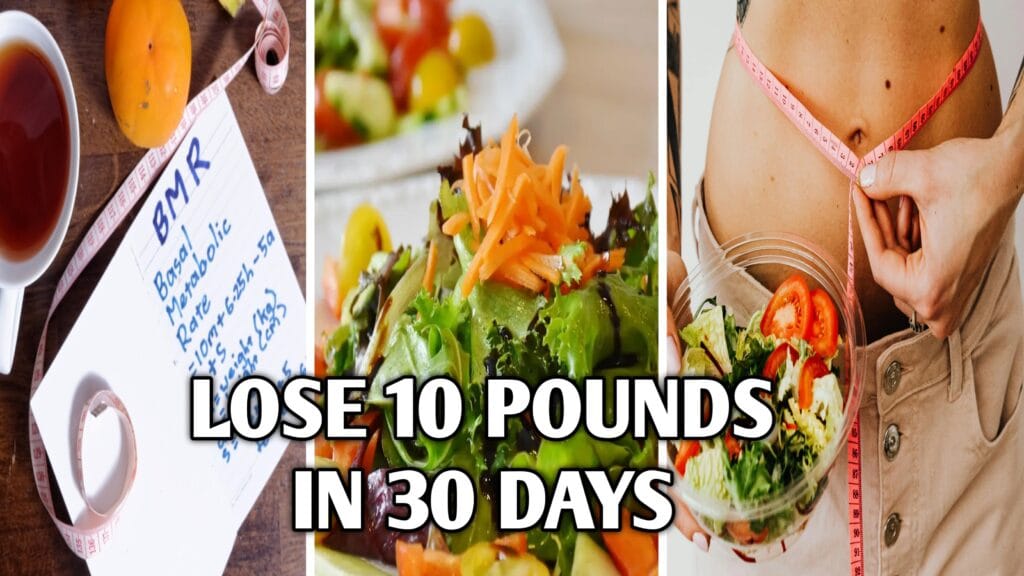
Introduction
Embarking on a vegetarian weight loss meal plan journey can feel both exciting and daunting. Yet, with the right structure, knowledge, and motivation, you can lose up to 10 pounds in 30 days—without setting foot near meat or eggs. In this comprehensive guide, you’ll discover how a carefully crafted vegetarian weight loss meal plan empowers you to shed pounds, boost energy, and cultivate lifelong healthy habits. Think of this as your friendly consultant’s roadmap—spanning science-backed strategies, meal blueprints, real-world success stories, and advanced tools to turbocharge results. Let’s dive into the vibrant world of plant-based eating and watch the pounds melt away! 😊
Why a Vegetarian Weight Loss Meal Plan Works

Following a vegetarian weight loss meal plan isn’t just about cutting out animal products; it’s about fueling your body with nutrient-dense, fiber-rich foods that naturally curb hunger and regulate blood sugar. Research shows plant-based diets often lead to lower BMI and sustained weight loss, thanks to higher intake of fruits, vegetables, whole grains, and legumes and reduced saturated fat consumption.
By centering meals around fiber-packed vegetables, protein-rich legumes, and healthy fats from nuts and seeds, you’ll feel full longer, stabilize energy levels, and avoid midday crashes. Plus, a smart easy vegetarian meal plan can be customized to your tastes—whether you crave spicy curries, hearty stews, or fresh salads—making adherence far more sustainable than restrictive fad diets.
Understanding Your Basal Metabolic Rate and Optimizing It for a Vegetarian Weight Loss Meal Plan
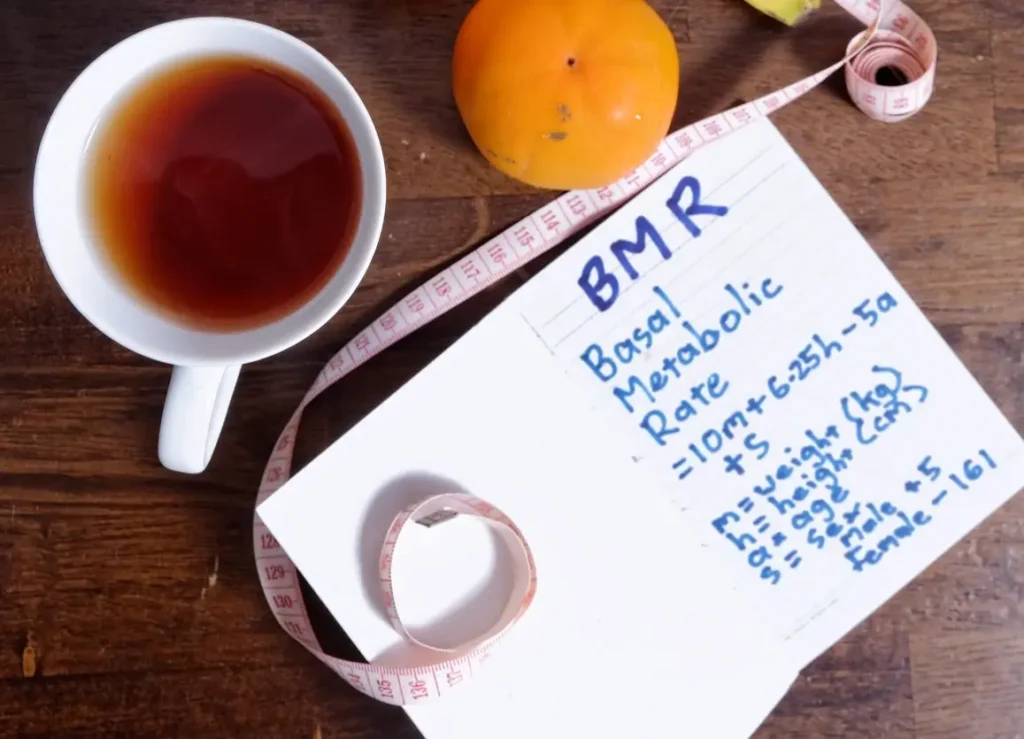
A crucial, often overlooked factor in any vegetarian weight loss meal plan is your basal metabolic rate (BMR)—the number of calories your body burns at rest each day. While calculators offer estimates, your true BMR is influenced by age, genetics, body composition, and hormonal status. To accurately gauge yours, consider a professional metabolic assessment or use a high-quality smart scale that measures lean mass. Once you know your baseline, you can tailor your vegetarian weight loss meal plan to create an optimal caloric deficit without undereating.
To nudge your metabolism upward, prioritize resistance training to build or maintain muscle mass. Muscle is metabolically active tissue, and each pound of lean mass burns roughly six calories per day at rest. Integrating compound movements—squats, lunges, push-ups—into your routine two to three times weekly ensures you preserve hard-earned muscle while shedding fat. Coupling strength workouts with short bursts of high-intensity interval training (HIIT) further elevates your post-exercise oxygen consumption, meaning you’re torching calories even after you’ve left the gym.
Consistency in vegetarian weight loss meal plan timing also supports metabolic health. Eating at regular intervals—every three to four hours—can help stabilize blood sugar and prevent energy dips that trigger cravings. For those comfortable with structure, intermittent fasting (such as a 14:10 or 16:8 window) can naturally reduce daily caloric intake without feeling deprived. Remember: the goal isn’t to starve your body but to support it with nutrient-dense foods that keep hunger at bay and metabolism humming. 😊
Diving Deeper into Micronutrients: Iron, Vitamin B12, and Beyond

A well-engineered vegetarian weight loss meal plan must address micronutrient adequacy, especially iron, vitamin B12, zinc, calcium, and omega-3 fatty acids. Plant sources like lentils, spinach, and chickpeas provide non-heme iron, but its absorption can be hindered by phytates. To optimize uptake, combine iron-rich meals with vitamin C sources—think a squeeze of lemon in your lentil soup or a side of bell pepper strips. For comprehensive guidance on meeting vegetarian micronutrient needs, consult the Academy of Nutrition & Dietetics.
Vitamin B12, critical for nerve health and energy metabolism, is found almost exclusively in animal products. Vegetarians should include fortified foods like nutritional yeast, fortified non-dairy milks, or take a reliable B12 supplement (500–1,000 µg weekly). Zinc, involved in immune function and metabolism, is abundant in pumpkin seeds, cashews, and whole grains—pair these with fermentation or light soaking to boost bioavailability. Calcium from fortified plant milks, tofu set with calcium sulfate, and leafy greens meets daily needs without dairy. Finally, don’t overlook plant-based omega-3 sources: ground flaxseed, chia, and walnuts supply ALA, which your body can convert (albeit inefficiently) to EPA and DHA. Consider an algae-based omega-3 supplement if inflammation or mood support is a priority.
🥗 Expert Nutrition Guidance from EatRight.org
For comprehensive guidance on meeting vegetarian micronutrient needs, consult the Academy of Nutrition & Dietetics. Their trusted platform, EatRight.org, offers evidence-based insights on healthy eating and balanced nutrition.
🌿 Visit EatRight.org for Science-Backed Nutrition TipsLeveraging Plant-Based Protein Powders and Supplements

When your vegetarian weight loss meal plan demands higher protein targets—20–25% of calories—it’s helpful to have convenient, high-quality sources on hand. Plant-based protein powders from pea, brown rice, or hemp can bridge gaps, especially on days when whole-food proteins are low. A scoop mixed into smoothies, oatmeal, or pancake batter adds 15–25 g of protein with minimal effort. Look for brands free of added sugars and artificial ingredients.
Beyond protein, certain supplements may support your 30-day goals:
- L-Carnitine: May aid fat oxidation when combined with exercise.
- Green Tea Extract: Contains catechins linked to slightly increased metabolic rate.
- Probiotics: Emerging research suggests gut health influences weight regulation; a multi-strain probiotic could enhance satiety signals.
Always consult a healthcare professional before starting any supplement regimen to ensure safety and efficacy.
Overcoming Plateaus in Your Vegetarian Weight Loss Journey
Plateaus are a natural part of weight-loss; they signify adaptation and should be reframed as progress checkpoints. If your scale stalls after two to three weeks on your vegetarian weight loss meal plan, experiment with one of these strategies:
- Recalculate Calories: As you lose weight, your BMR decreases. Adjust your caloric intake to maintain a modest deficit.
- Cycling Calories: Introduce one or two higher-calorie days per week (a controlled “refeed”) to support leptin levels and metabolic hormones.
- Macro Tweaks: Shift your macronutrient ratios slightly—e.g., increase protein to 25–30% of calories and reduce carbs by 5–10%—to prioritize muscle retention.
- Non-Scale Metrics: Track inches lost, energy levels, sleep quality, and workout performance to stay motivated beyond the number on the scale.
Patience is key. Plateaus resolve when you respect your body’s evolving needs and respond with strategic adjustments. 😊
Your 30-Day Vegetarian Weight Loss Meal Plan Blueprint
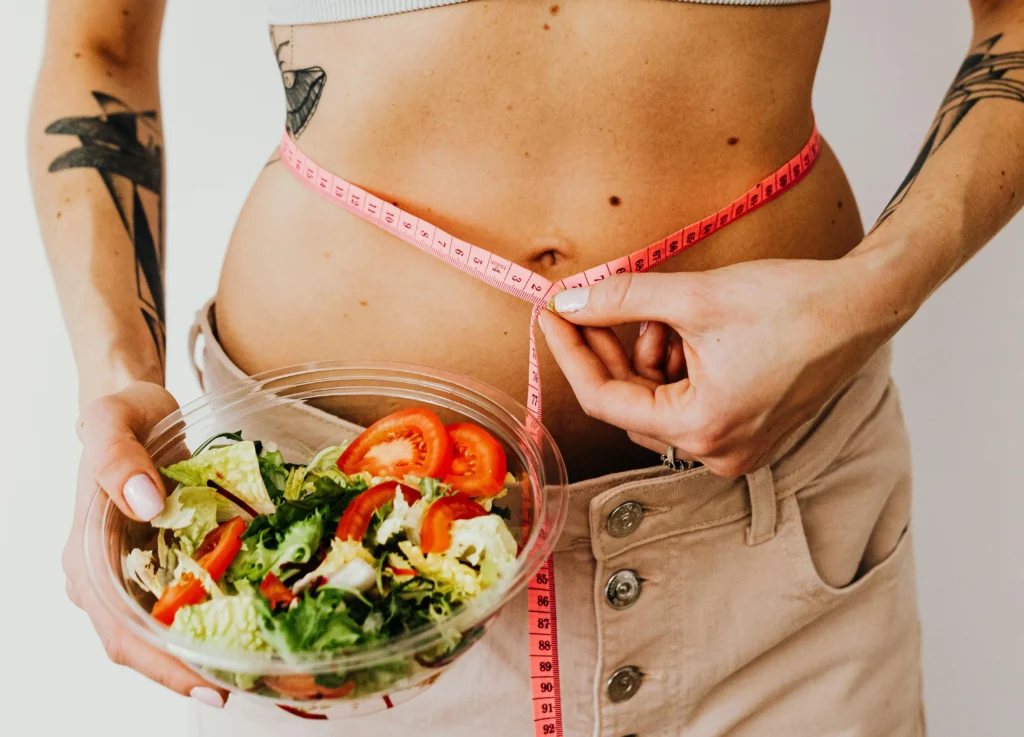
Setting Realistic Goals and Tracking Progress
Before diving into recipes, define your personal goals:
- Target weight loss: 10 pounds over 30 days (≈0.8 lb/day)
- Caloric deficit: Aim for a 500-700 kcal daily deficit through meals plus light activity
- Tracking tools: Use apps like MyFitnessPal or Cronometer to log food and macros
Consistency is key. Schedule weekly weigh-ins (same scale, same time) and use photos or measurements to track body changes beyond the scale.
Quick Tips
- Prep your meals on Sundays to save time mid-week.
- Keep a water bottle and measure out 8–10 cups of water daily.
- Use a digital kitchen scale for accurate portions.
Macro Breakdown for Effective Weight Loss
A balanced vegetarian weight loss meal plan typically follows:
- Protein: 20–25% of calories (from legumes, tofu, tempeh)
- Carbs: 45–50% of calories (from whole grains, fruit)
- Fats: 25–30% of calories (from nuts, seeds, avocado)
This ratio supports muscle retention during weight loss and keeps you energized throughout the day.
Sample 7-Day Meal Plan (Repeat & Rotate)
Below is a vegetarian meal plan for weight loss you can follow for the first week. Rotate and swap similar meals throughout the month to maintain variety and excitement.
| Day | Breakfast | Lunch | Snack | Dinner |
|---|---|---|---|---|
| Monday | Oatmeal with berries & chia seeds | Chickpea quinoa salad | Carrot sticks + hummus | Lentil curry with steamed broccoli |
| Tuesday | Smoothie bowl (spinach, banana) | Grilled tofu wrap with veggies | Apple slices + almond butter | Stuffed bell pepper with brown rice & beans |
| Wednesday | Greek-style coconut yogurt parfait | Vegetable stir-fry with edamame | Handful of mixed nuts | Spaghetti squash marinara with mushrooms |
| Thursday | Avocado toast on whole grain bread | Sweet potato & black bean burrito bowl | Celery sticks + peanut butter | Cauliflower “steak” with chickpea salad |
| Friday | Chia pudding with pineapple chunks | Zucchini noodles with pesto & cherry tomatoes | Seaweed snacks | Moroccan vegetable tagine with couscous |
| Saturday | Buckwheat pancakes with banana slices | Lentil soup & side salad | Roasted chickpeas | Portobello mushroom burger, side of kale chips |
| Sunday | Tofu scramble with spinach & peppers | Quinoa tabbouleh & falafel | Greek-style coconut yogurt | Eggplant parmesan (vegan) with mixed greens |
The Role of Sleep, Stress Management, and Hormonal Balance

Sleep and stress are silent architects of your weight-loss success. Chronic sleep deprivation disrupts ghrelin and leptin—hunger and fullness hormones—leading to increased appetite and cravings. Aim for 7–9 hours of restorative sleep per night by establishing a consistent bedtime ritual, reducing screen time 30 minutes before bed, and optimizing your sleep environment (cool, dark, and quiet).
Stress triggers cortisol spikes, which can prompt fat storage and emotional eating. Integrate daily stress-reduction practices into your vegetarian weight loss meal plan routine: brief mindfulness meditation sessions via apps like Insight Timer, gentle evening yoga, or even a 10-minute gratitude journaling practice. Over time, balancing sleep and stress creates an internal milieu that supports healthy weight regulation and amplifies the effects of your plant-powered meals.
🍽️ Learn What MyPlate Is & How It Can Improve Your Eating Habits
Confused about balanced meals? The USDA’s MyPlate guide helps you build a healthy plate with the right portions of fruits, vegetables, grains, protein, and dairy. It’s a simple, science-backed tool for healthier eating.
🥦 Explore the MyPlate GuideCulinary Techniques to Enhance Flavor and Satiety
A thriving vegetarian meal plan for weight loss isn’t just about ingredients—it’s about transforming them into crave-worthy dishes that satisfy both palate and hunger. Rather than relying on minimal seasoning, embrace spices and herbs with metabolism-boosting or appetite-suppressing properties: cinnamon in oatmeal, turmeric in stews, cayenne in salsa, and ginger in dressings. Roasting vegetables with a light mist of avocado oil caramelizes their natural sugars, enhancing flavor and satiety. Blending cooked legumes into sauces thickens texture while adding protein and fiber, making dishes like cauliflower-lentil alfredo irresistibly creamy without excess calories.
Batch-cooking legumes in bulk, freezing individual portions, and constructing versatile dressings in advance saves time and keeps your vegetarian weight loss recipes fresh. Master one-pan meals—like sheet-pan fajitas with tofu and vegetables—and stir-fries with pre-chopped “crunch kits” (carrot, bell pepper, snap peas) to minimize cleanup and decision fatigue on busy days.
In-Depth Reader Success Stories and Interviews
Hearing from peers who have achieved remarkable results can spark motivation. Below are condensed interviews with three individuals who lost 10–15 pounds on a vegetarian weight loss meal plan, highlighting unique challenges and breakthroughs.
Priya, 32, Software Developer (Bengaluru)
Priya struggled with late-night snacking due to work deadlines. She implemented a strict 12-hour fasting window (7 pm–7 am) and replaced processed snacks with pre-measured portions of roasted chickpeas. Her weight plateau broke within two weeks, and she credits the structured fasting and snack swaps for her 12-pound loss.
David, 45, Marketing Manager (New York City)
David found it hard to meet protein goals without meat. He introduced pea-protein smoothies post-workout and increased lentil consumption. By tracking macros in Cronometer, he discovered he was underestimating portions. Adjusting recipes and adding snacks like edamame helped him lose 11 pounds in 30 days while improving recovery after daily HIIT.
Aisha, 28, Graduate Student (London)
Aisha’s challenge was menu fatigue. To keep variety, she adopted Mealime’s customizable easy vegetarian meal plan feature, rotating cuisines—Mexican one week, Mediterranean the next. Integrating herbs like za’atar and harissa kept her meals exciting, and she achieved a 10-pound loss while feeling energized throughout her thesis writing.
Advanced Tools, Wearables, and Tracking for Next-Level Results
Elevate your vegetarian weight loss meal plan with technology that personalizes feedback and accountability:
- Smart Scales: Measures body fat, muscle mass, and hydration, giving you a fuller picture than weight alone.
- Wearable Fitness Trackers: Monitor heart rate variability (HRV) for stress insights, track steps, and estimate calories burned.
- Habit-Tracking Apps: Tools like Streaks or HabitBull reinforce daily meal prep, water intake, and mindfulness practices through streaks and reminders.
- Recipe Analytics: Apps such as PlateJoy or Yummly analyze nutritional content per recipe, ensuring every meal aligns with your macro goals.
By syncing these devices and apps—many connect seamlessly to MyFitnessPal or Cronometer—you’ll gather a wealth of data that highlights patterns, identifies opportunities for improvement, and keeps motivation high through visual progress charts.
Building Community and Finding Support on Your Vegetarian Weight Loss Meal Plan
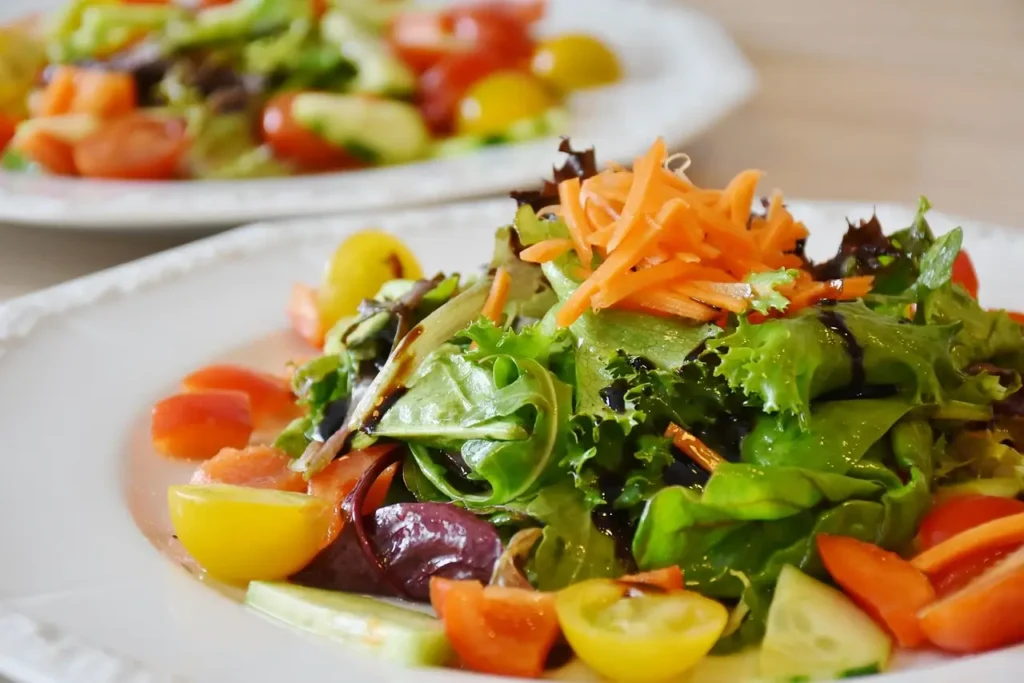
Accountability accelerates success. Whether you prefer vegetarian weight loss meal plan digital communities or in-person meetups, connecting with like-minded individuals fosters encouragement and idea-sharing. Consider:
- Online Forums: Subreddits like r/vegetarian and r/loseit offer recipe swaps, success celebrations, and troubleshooting advice.
- Local Groups: Search Meetup for vegetarian or weight-loss focused gatherings in your area; cooking clubs and walking groups can transform goals into social events.
- Accountability Partnerships: Pair up with a friend or coworker embarking on a similar journey; weekly check-ins keep you both honest and energized.
Hosting or joining monthly “Potluck Challenge” events—where participants bring healthy vegetarian dishes—instills creativity and reinforces your commitment to the vegetarian weight loss meal plan lifestyle. 😊
Additional Quick Tips
Quick Tips
- Track both macros and micros: Use apps that log micronutrients so you never miss critical vitamins and minerals.
- Experiment with meal timing: Cycle between 14:10, 16:8, and even 18:6 intermittent fasts to see what fits your rhythm.
- Spice it up: Herbs and spices not only elevate flavor but can also provide subtle metabolic benefits.
- Lean on tech: Wearables and smart scales give you more meaningful feedback than the scale alone.
- Community counts: Share recipes, successes, and struggles to stay motivated and inspired.
🥗 Budget-Friendly Vegetarian Meal Plan for 2025
Eating healthy doesn’t have to be expensive! Discover our budget-friendly vegetarian meal plan packed with affordable, nutritious meals that are easy to make and kind to your wallet.
💸 View the Full Meal Plan🍴 Also check out our Cooking Guides for more delicious, cost-effective vegetarian ideas!
Frequently Asked Questions
2. What if I’m allergic to gluten—how can I adapt this plan?
Simply swap grains like quinoa, brown rice, and buckwheat for any gluten-free alternatives. Most recipes (e.g., lentil soups, veggie stir-fries) are naturally gluten-free.
3. How do I get enough protein without meat or eggs?
Focus on legumes (lentils, chickpeas), soy products (tofu, tempeh), and seeds (chia, hemp). You can also add a plant-based protein powder if needed.
4. Will I feel hungry on this meal plan?
High-fiber vegetables and plant proteins are very filling. If you do feel hungry, sip herbal tea, add an extra serving of non-starchy veggies, or include a small handful of nuts.
5. Can I follow this plan long-term?
Absolutely. After hitting your goal, gradually increase calories by adding healthy snacks or slightly larger portions. Rotate recipes to maintain interest and nutrition balance.
Conclusion
Transforming your health with a vegetarian weight loss meal plan is entirely within reach. By following this 30-day blueprint—complete with meal templates, shopping strategies, advanced tips, and supportive tools—you’ll not only shed up to 10 pounds but also build sustainable habits for lifelong wellness.
Transforming your health with a vegetarian weight loss meal plan is entirely within reach—no crash diets, no deprivation, just balanced eating rooted in whole, plant-based nutrition. By committing to the 30-day blueprint outlined in this guide, you’ve already taken a powerful step toward not just losing up to 10 pounds, but also improving your overall well-being. This isn’t just a quick fix; it’s a lifestyle shift that can create lasting change.
Throughout this journey, you’ve learned how to structure your meals using nutrient-rich vegetarian foods like legumes, whole grains, leafy greens, healthy fats, and plant-based proteins. You’ve also discovered practical shopping strategies to keep your kitchen stocked with essentials, how to navigate common challenges, and ways to stay motivated through the ups and downs of weight loss. By incorporating pre-planned templates, meal prep techniques, and budget-friendly ingredients, you’ve gained more than just weight control—you’ve developed a more mindful and intentional relationship with food.
Perhaps one of the most empowering aspects of this vegetarian approach is that it’s flexible and inclusive. Whether vegetarian weight loss meal plan for you’re a busy professional, a student, or managing a family, this meal plan is designed to adapt to your lifestyle. You’re not confined to rigid portions or bland salads. Instead, you’re encouraged to explore flavorful combinations of fruits, vegetables, grains, nuts, and spices that satisfy both your hunger and your taste buds. You’ve seen firsthand how easy it can be to craft balanced, colorful meals that support your weight loss goals while delivering energy, satisfaction, and variety.
But this transformation isn’t just physical—it’s mental and emotional too. By practicing portion control, mindful eating, and consistent daily habits, you’ve laid the foundation for long-term success. The tools and tips shared in this guide—from journaling your progress to celebrating small wins—will continue to serve you beyond these 30 days. It’s these subtle but meaningful changes that set the stage for lifelong wellness.
Remember, weight loss is not about perfection; it’s about progress. If you have a day where things don’t go according to plan, don’t give up. Reflect, reset, and keep going. The beauty of a vegetarian weight loss meal plan lies in its sustainability. It’s not about cutting out food groups or obsessing over calories—it’s about nourishing your body with clean, plant-powered meals that keep you feeling full, energized, and confident.
As you move forward, vegetarian weight loss meal plan continue to listen to your body, stay hydrated, move regularly, and keep experimenting with new vegetarian recipes. With the knowledge and habits you’ve cultivated, you’re more than capable of maintaining your momentum and continuing to lose weight—or maintain your healthy weight—for months and years to come.
So here’s to your journey—one filled with vitality, balance, and the incredible benefits of a plant-based lifestyle. Your transformation has only just begun.
